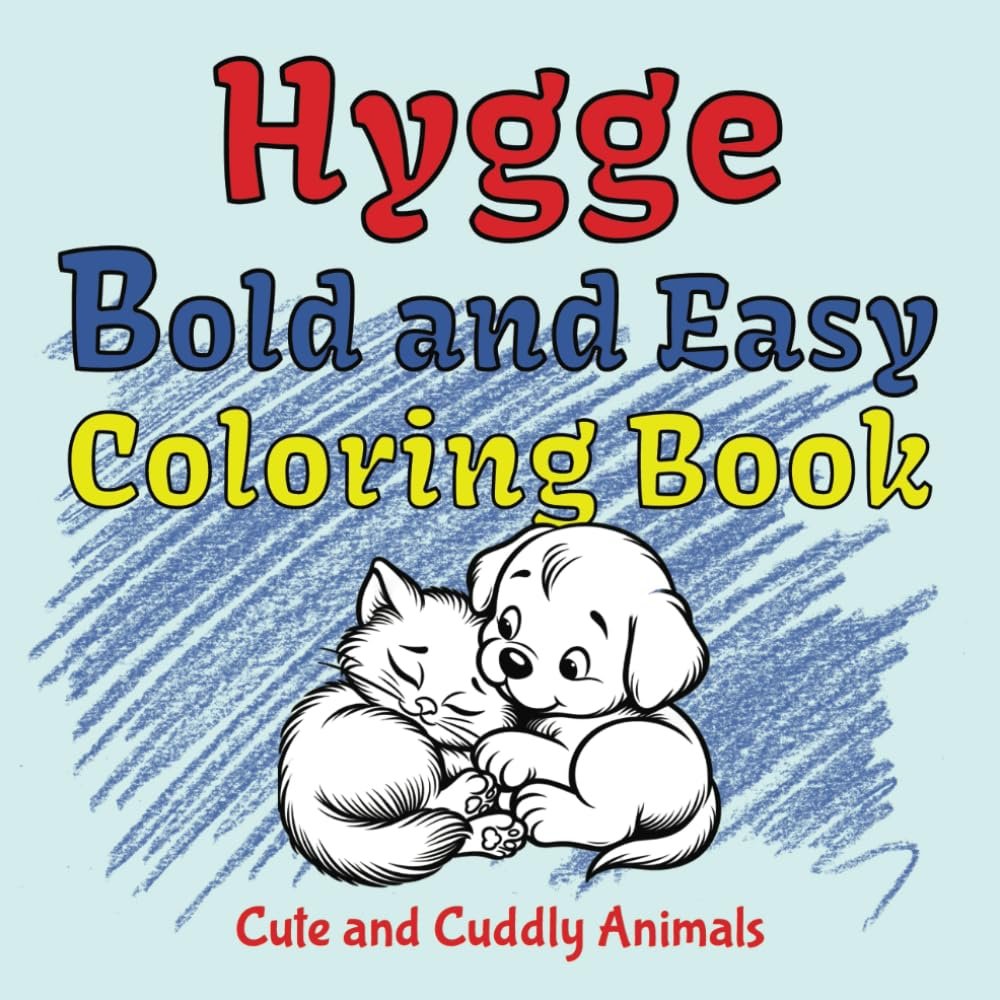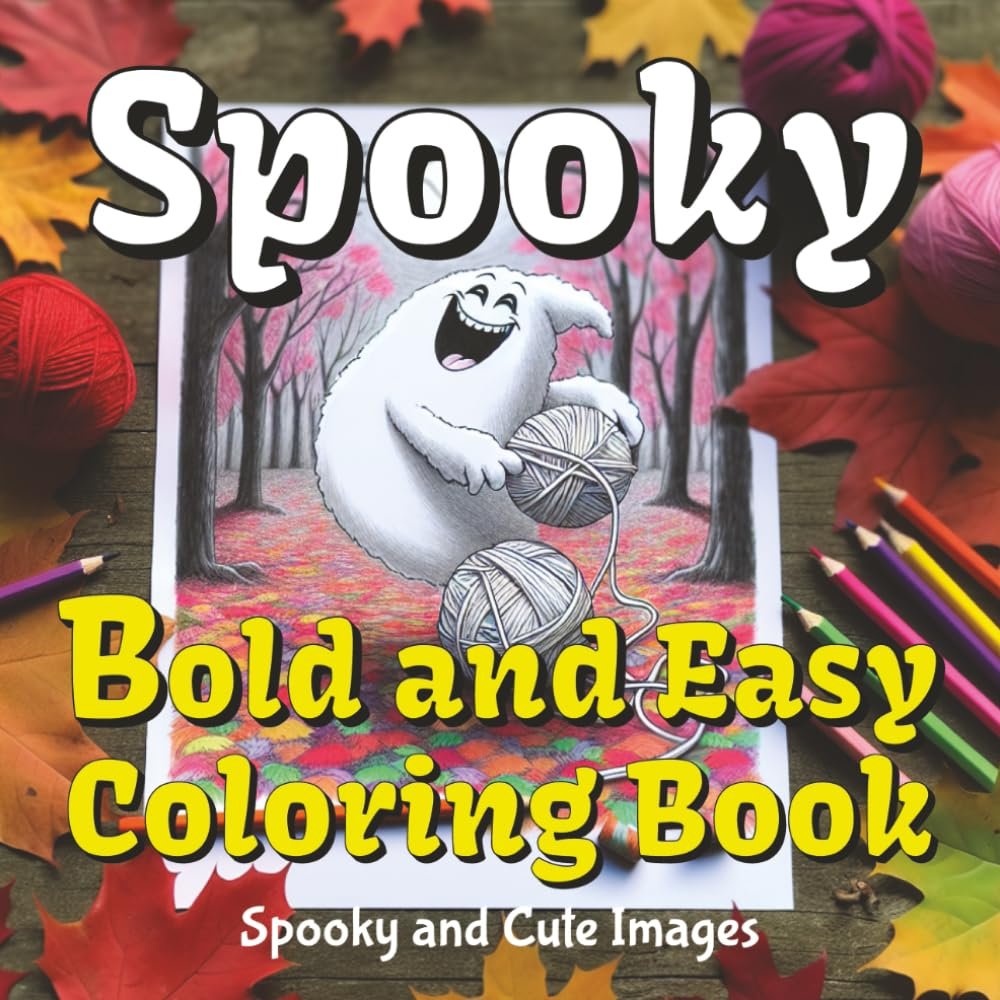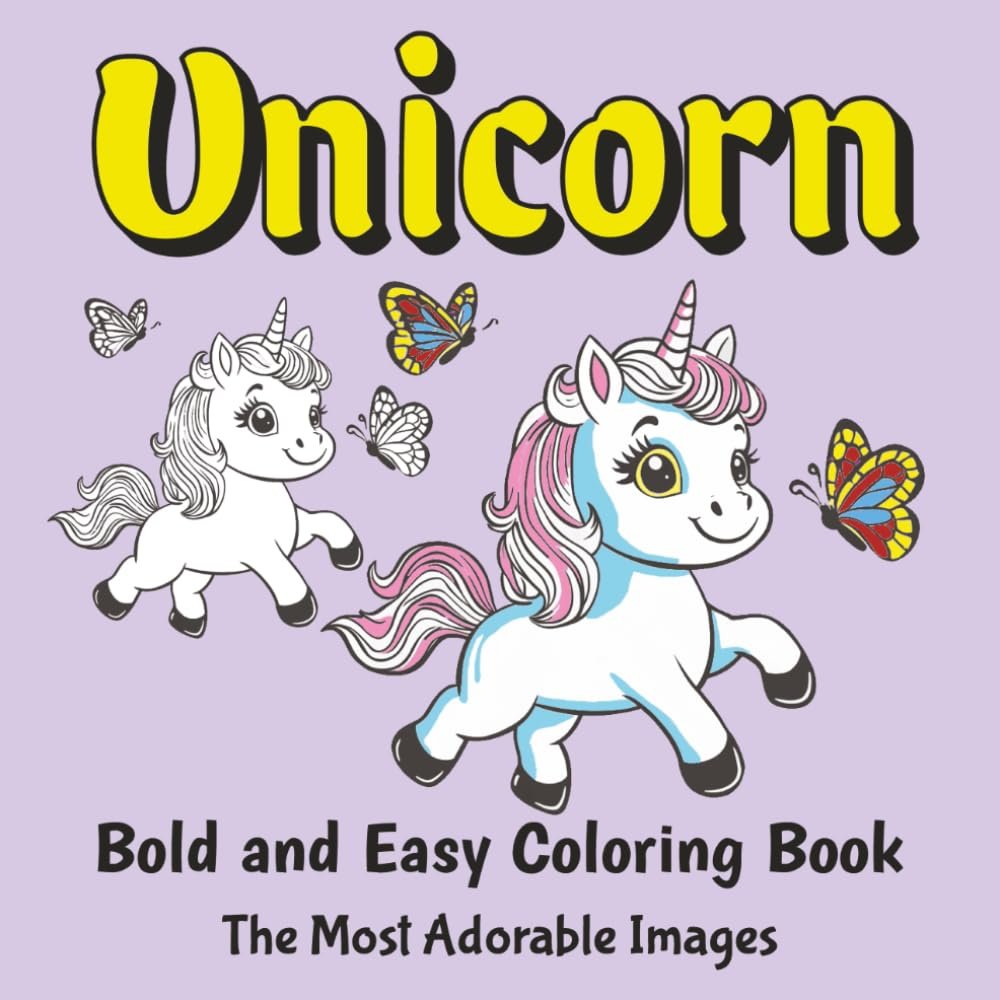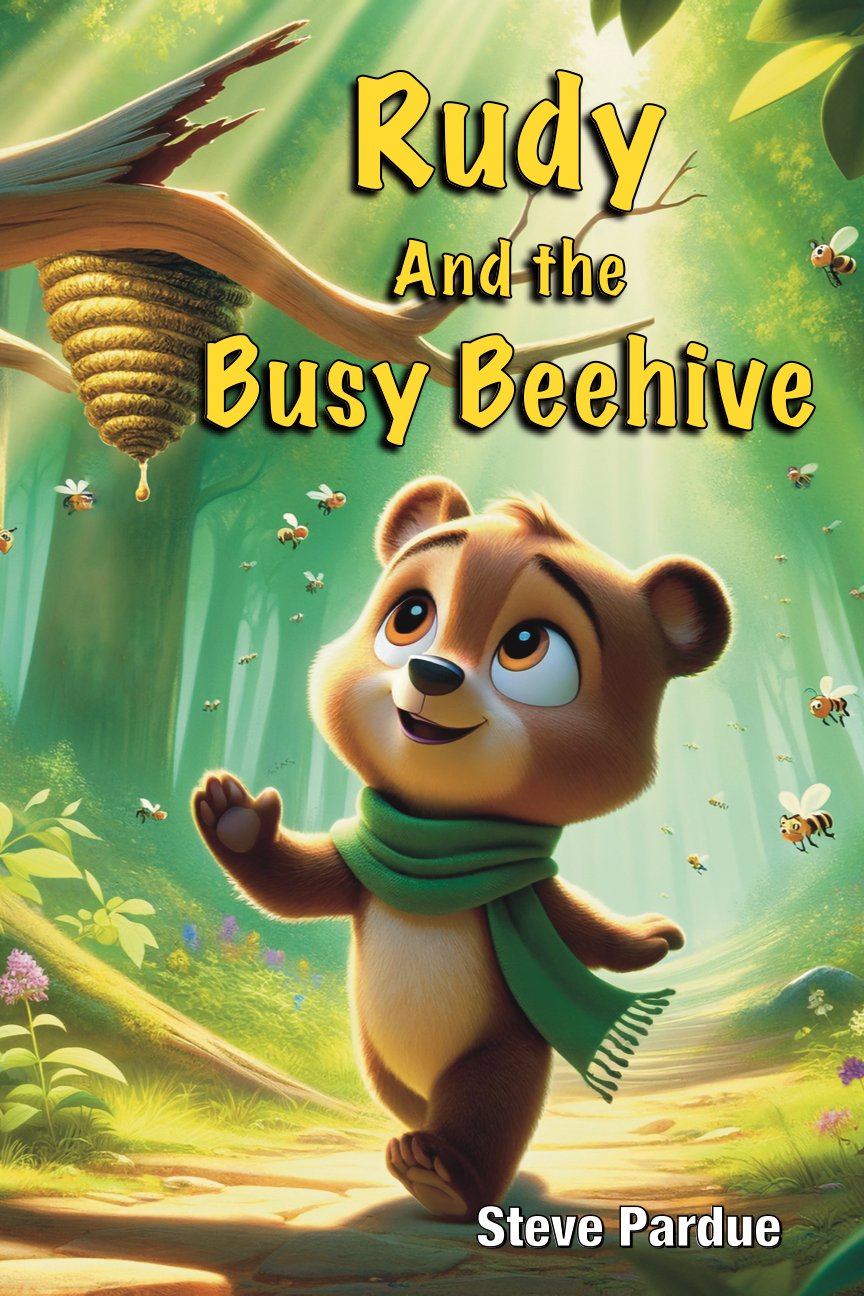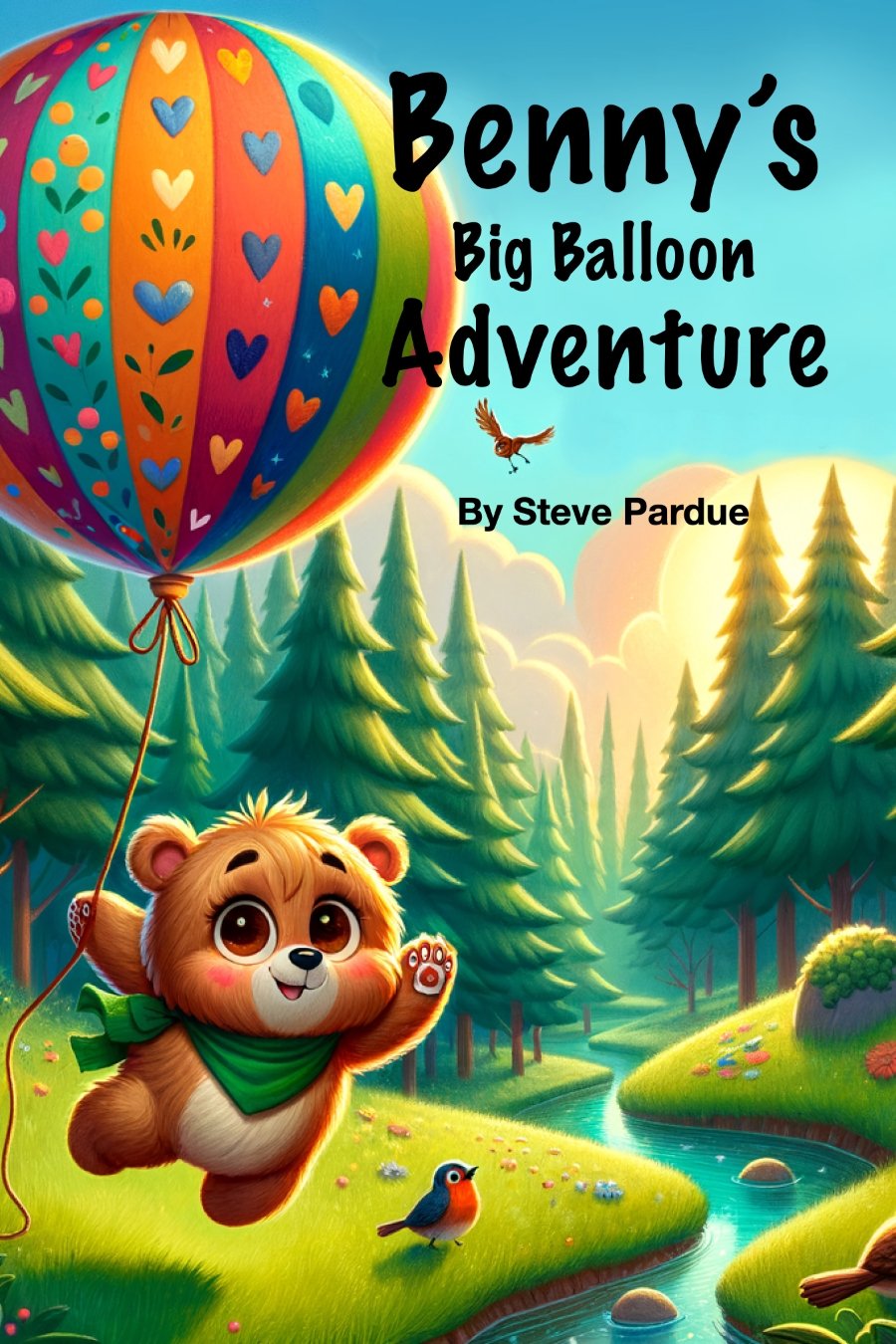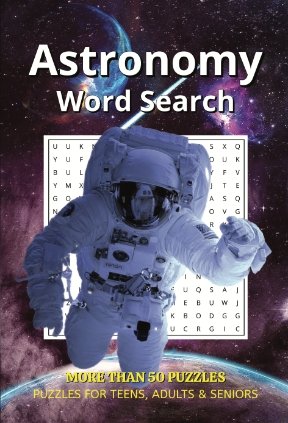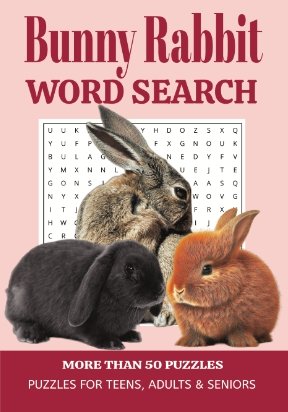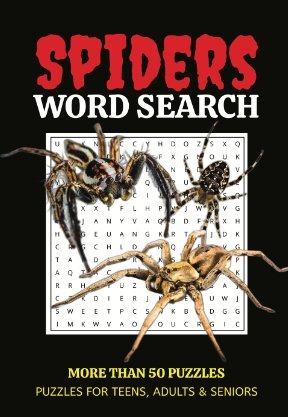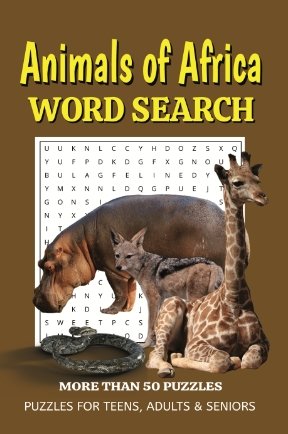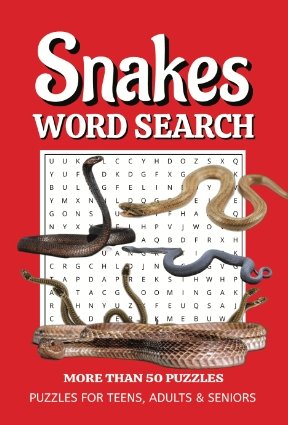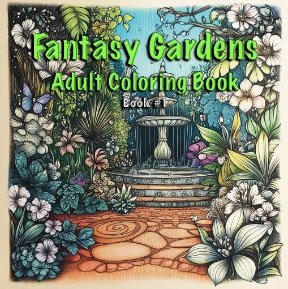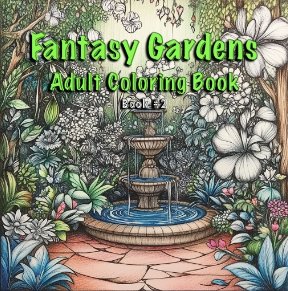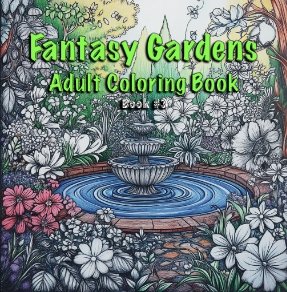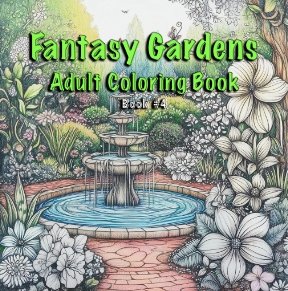I still remember the first time I walked into a gallery that blurred the line between fine art and graphic design. The walls were adorned with pieces that felt both timeless and strikingly modern. It was as if the traditional elements of painting, sculpture, and illustration had been reimagined through the lens of a graphic designer. I found myself fascinated by how these two worlds could coexist so seamlessly, each enhancing the other. That experience opened my eyes to the growing trend of fine art as a form of graphic design—a trend that, at the time, was still somewhat underground but was gaining momentum.
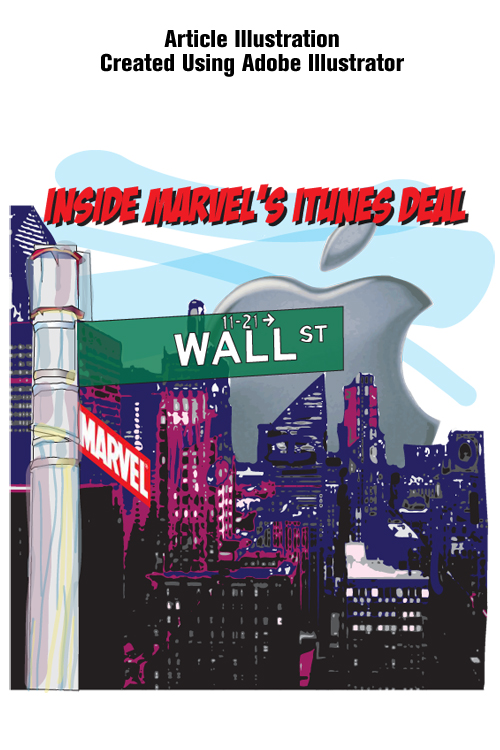 In recent years, this fusion of fine art and graphic design has evolved from a niche movement to a powerful creative force. Artists and designers are increasingly drawing from both disciplines to create work that challenges traditional boundaries. This intersection is where underground trends thrive, often unnoticed by the mainstream until they explode onto the scene. One such trend is the revival of hand-drawn elements in graphic design, where artists are bringing back the tactile, imperfect qualities of fine art into the digital world. These hand-drawn illustrations, often combined with digital techniques, create a unique aesthetic that stands out in a sea of polished, computer-generated graphics.
In recent years, this fusion of fine art and graphic design has evolved from a niche movement to a powerful creative force. Artists and designers are increasingly drawing from both disciplines to create work that challenges traditional boundaries. This intersection is where underground trends thrive, often unnoticed by the mainstream until they explode onto the scene. One such trend is the revival of hand-drawn elements in graphic design, where artists are bringing back the tactile, imperfect qualities of fine art into the digital world. These hand-drawn illustrations, often combined with digital techniques, create a unique aesthetic that stands out in a sea of polished, computer-generated graphics.
Another underground trend is the use of mixed media in graphic design. Traditionally the domain of fine artists, mixed media is now being embraced by graphic designers who are looking to add depth and texture to their work. By combining painting, photography, typography, and digital elements, designers can create compositions that are not only visually striking but also rich in narrative and emotion. This approach allows for a level of creativity and experimentation that is often missing in more conventional graphic design projects.
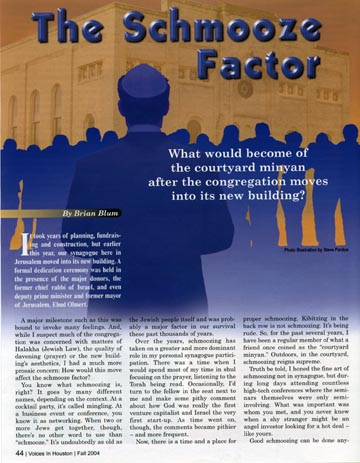 The influence of fine art on graphic design is also evident in the growing popularity of abstract forms and minimalism. While these styles have always been a part of both fine art and design, their current resurgence is driven by a desire to strip away the excess and focus on the essence of the message. In this context, graphic designers are turning to the principles of fine art to inform their work, using color, shape, and composition to communicate in ways that are both subtle and powerful. This trend has led to the rise of designs that are more about evoking a feeling than conveying a straightforward message.
The influence of fine art on graphic design is also evident in the growing popularity of abstract forms and minimalism. While these styles have always been a part of both fine art and design, their current resurgence is driven by a desire to strip away the excess and focus on the essence of the message. In this context, graphic designers are turning to the principles of fine art to inform their work, using color, shape, and composition to communicate in ways that are both subtle and powerful. This trend has led to the rise of designs that are more about evoking a feeling than conveying a straightforward message.
One of the most exciting cutting-edge techniques in this realm is the use of digital painting software that mimics traditional fine art tools. Programs like Procreate and Adobe Fresco allow designers to paint with digital brushes that replicate the look and feel of oil, watercolor, and charcoal. This technology has opened up new possibilities for artists who want to integrate the tactile qualities of fine art into their graphic design work. The result is a blend of the old and the new, where the texture and depth of traditional painting meet the precision and flexibility of digital design.
 Another technique that is gaining traction is the use of generative art in graphic design. This involves using algorithms to create designs that are constantly evolving, producing endless variations of a single concept. While generative art has been around for some time, it is only recently that designers have started to explore its potential in the context of fine art. By combining algorithmic processes with artistic intuition, designers can create work that is both mathematically complex and visually stunning. This approach not only pushes the boundaries of what is possible in graphic design but also challenges our understanding of what art can be.
Another technique that is gaining traction is the use of generative art in graphic design. This involves using algorithms to create designs that are constantly evolving, producing endless variations of a single concept. While generative art has been around for some time, it is only recently that designers have started to explore its potential in the context of fine art. By combining algorithmic processes with artistic intuition, designers can create work that is both mathematically complex and visually stunning. This approach not only pushes the boundaries of what is possible in graphic design but also challenges our understanding of what art can be.
These cutting-edge techniques are not just about creating beautiful work—they also offer exclusive insights into the future of both fine art and graphic design. As these disciplines continue to converge, we are likely to see a shift in how we define and value art and design. The lines between the two are becoming increasingly blurred, and this is opening up new opportunities for creatives who are willing to explore this uncharted territory.
The convergence of fine art and graphic design is also having a profound impact on branding and advertising. Companies are beginning to recognize the power of art to connect with audiences on a deeper level. As a result, we are seeing more brands collaborating with artists to create campaigns that are not just visually appealing but also emotionally resonant. These collaborations often result in work that feels more like a piece of art than an advertisement, blurring the lines between commercial and fine art.
What makes this fusion so compelling is the way it allows for the expression of complex ideas and emotions. Fine art has always been about more than just aesthetics—it is a medium for exploring the human condition, for making sense of the world around us. When these principles are applied to graphic design, the result is work that goes beyond mere decoration to become a form of visual storytelling. This is where the real power of this trend lies—in its ability to communicate on multiple levels, to engage viewers both intellectually and emotionally.
As this movement continues to grow, it is important to keep an eye on the underground trends that are driving it. These are the ideas and techniques that are still on the fringes but have the potential to become mainstream. By staying attuned to these developments, designers can stay ahead of the curve and continue to push the boundaries of what is possible in their work.
The fusion of fine art and graphic design is more than just a trend—it is a reflection of the changing landscape of creativity. As technology continues to evolve, and as artists and designers continue to explore new ways of working, we can expect to see even more exciting developments in this space. For those who are passionate about both fine art and graphic design, this is an incredibly exciting time. The possibilities are endless, and the only limit is our imagination.
The gallery that first opened my eyes to this movement may have been an unexpected discovery, but it was one that has continued to inspire me. It is a reminder that the most exciting ideas often come from the places we least expect. So, whether you are a designer, an artist, or simply someone who appreciates the beauty of creativity, I encourage you to explore this fascinating intersection of fine art and graphic design. Who knows what you might discover?

